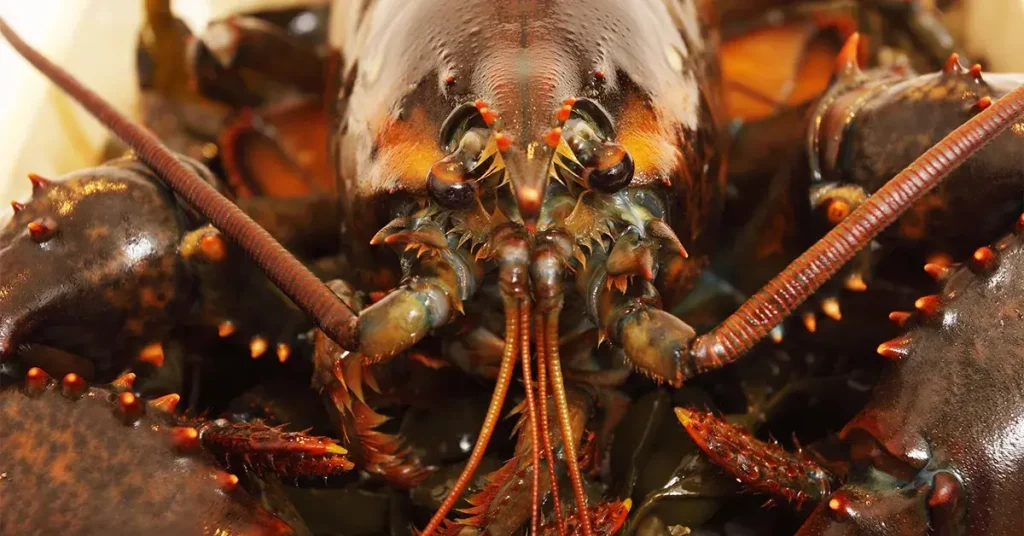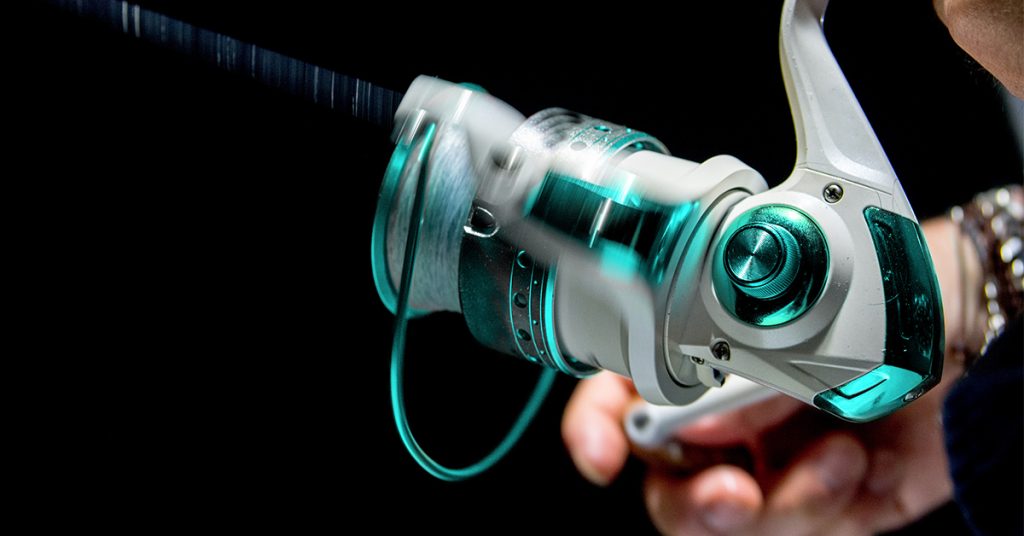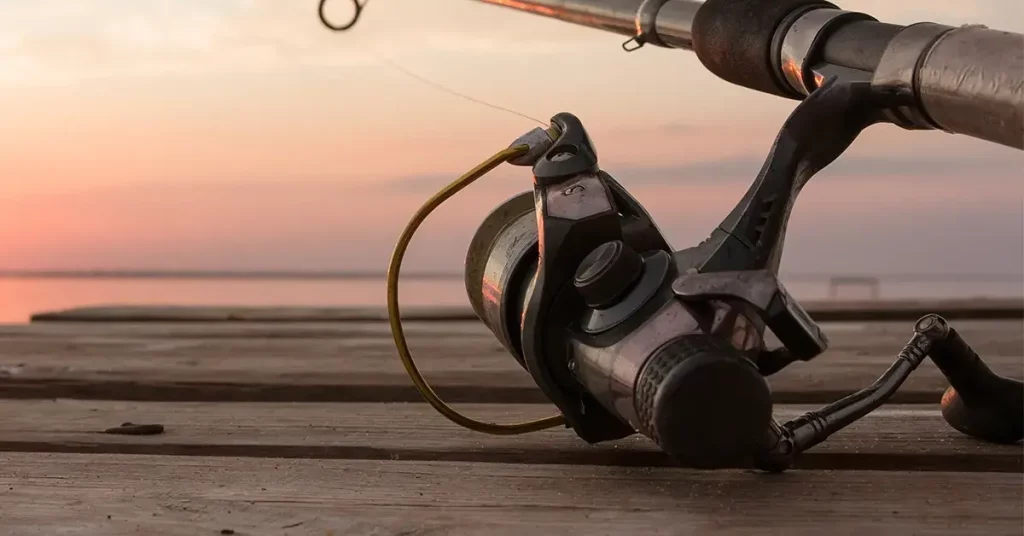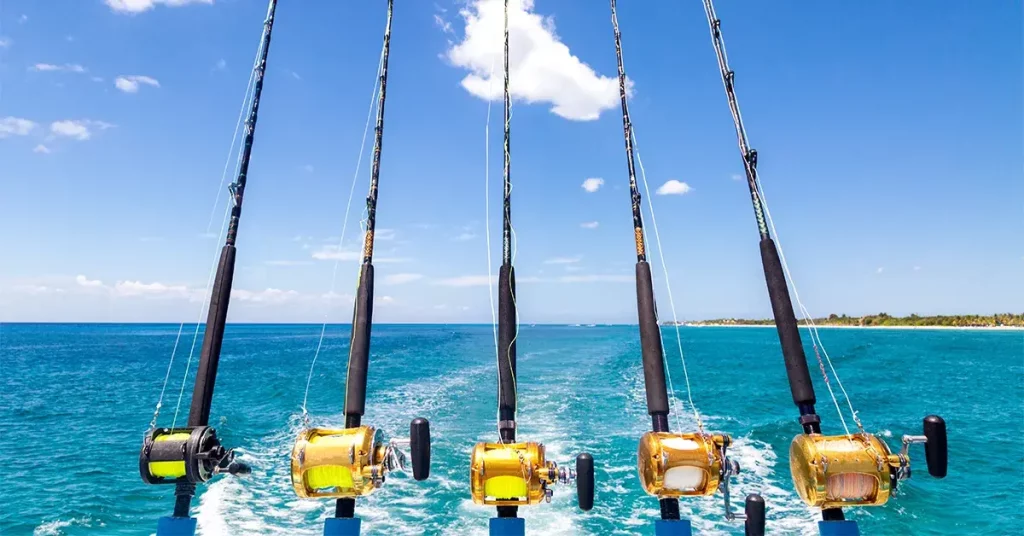Catching lobster is easily one of the most rewarding things you can do on the water. While you’ll have to put in a little effort, if you put in the work and stick to it, you’ll be richly rewarded.
These crafty crustaceans don’t just taste delicious – they’re also a lot of fun to catch. Due to strong regulations and sustainable harvesting, both clawed and spiny lobsters are plentiful along both coasts, so you’ll have plenty of opportunities to catch these incredible shellfish.
Methods of catching lobster differ significantly depending on which lobster species you’re targeting. Clawed lobster (Homarus americanus), also called Atlantic lobster or Maine Lobster is typically caught using baited traps left in the water for an extended period. Spiny lobster, also called rock lobster is often caught by hand, or by using a simple hoop net.
Let’s take a look at everything you need to know to start catching lobster today.
Where Can You Catch Lobster?
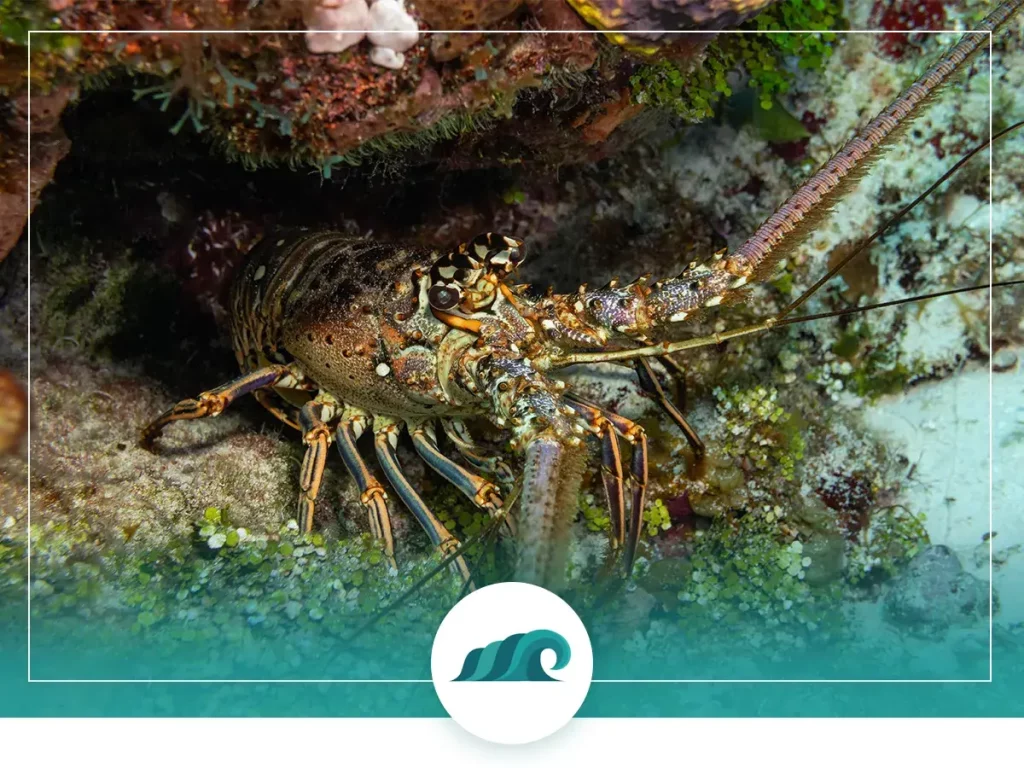
As mentioned previously, lobster species differ depending on location.
Atlantic Lobster
When most people think of lobster, they think of this species. It’s the largest lobster species on the planet, and features a distinctive mixed blueish green and red color.
Atlantic lobster are found throughout the Northeastern US and eastern Canada, and are harvested extensively in Maine and the Canadian Maritime provinces. The species ranges from northern Labrador down to New Jersey, but can sometimes be caught as far south as North Carolina.
If you’re looking to catch Atlantic lobster, keep in mind recreational regulations can be fairly strict in some regions. Some states require you to be a resident and pass a detailed test, while Canada doesn’t permit any recreational lobster trapping.
Lobster is typically caught between late June and late December, when their most active, but can actually be caught all year round. They like to hang out in rocky areas and patches of seaweed, so keep an eye open for these when you’re looking for drop your traps.
Spiny Lobster
Spiny lobster are found in warm waters all around the world. In the US, they’re commonly found in Florida, the Gulf of Mexico, and the California coast. Unlike cold weather lobsters, this species is caught between August and March.
They’re smaller than their northern cousins, and like their name suggests, feature prominent spiny antenna. They also lack the prominent front claws of Atlantic lobster.
Spiny lobsters can be caught in a variety of different ways, including hoop nets, spearing, and grabbing them with your hands while diving. Because they live in warmer coastal waters, catching them by hand while snorkeling or scuba diving is practical and a lot of fun.
Gear Needed
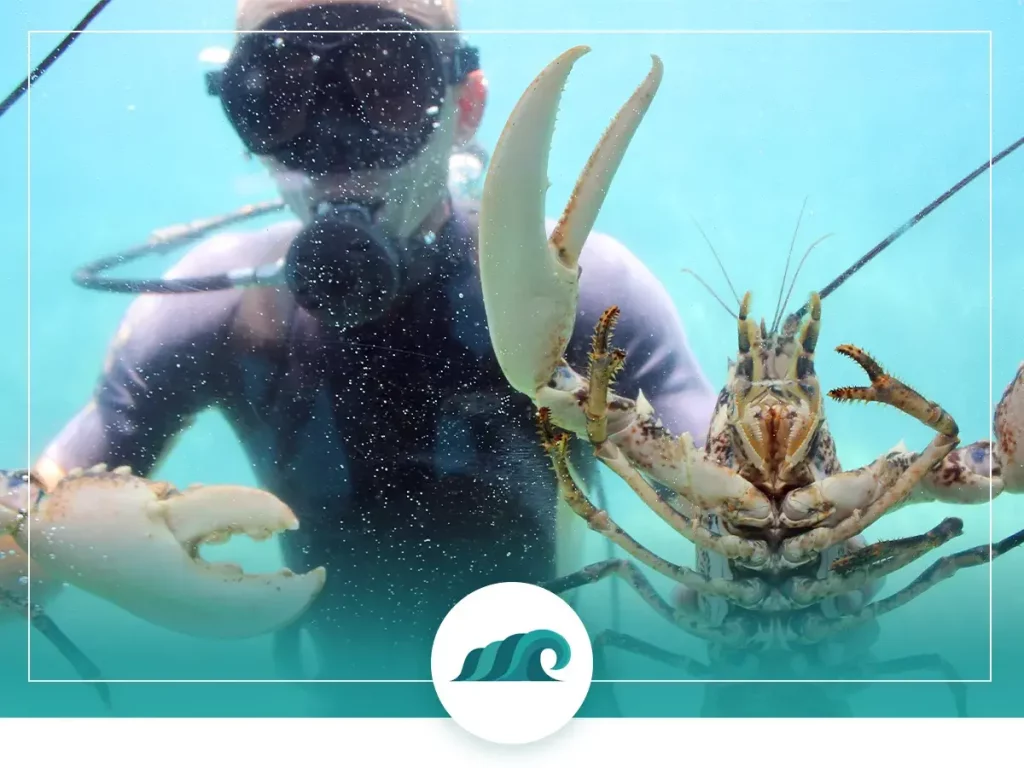
Before you can start catching lobster, you’ll need the right gear. Lobstering gear is highly specific, so you’ll need to make sure you’ve got the right stuff to get the job done.
Atlantic Lobster Gear
The first thing you’ll need is your lobster traps.
These are typically rectangular 3- to 4-foot-long wire traps with built in escape holes for undersized lobsters to escape from as well as ‘ghost’ panels that disintegrate automatically if the trap is lost. These traps are typically on the heavier side, commonly weighing 40+ pounds. They’re also not cheap – but you can often find used traps locally for a fraction of the cost of new traps.
Next, you’ll need sinking line and buoys to secure your traps. Sinking line, as the name suggests, will sink to the ocean floor – ensuring any slack will stay below the surface and not become a hazard to nearby boat propellers.
To compensate for tidal activity and currents, a good rule of thumb is to use double the length of line as the water depth your fishing in. Check out the KUFA Sports Non-Lead Sinking Line for a good lobster trap line.
Buoys should be easy to spot on the surface, so you’ll want to go with bright, high-contrast colors like orange, red, and yellow. Check out the KUFA Sports 6 x 14 Floats for a solid lobster fishing float.
As lobsters are scavengers, baiting your traps can be done with a variety of different baits. Salted herring is popular, but any fish carcasses will generally work well. This type of bait can get pretty messy, so using a mesh bait bag is a smart idea. This will make your bait last longer, and make it easier to bait your traps.
You’ll also need a lobster gauge to measure your catch, as well as heavy-duty gloves to protect your hands and a container to store your catch in.
Spiny Lobster Gear
Diving
As the methods for catching them are completely different, spiny lobster gear differs significantly from Northern lobster equipment.
If you’re diving for lobsters, then you’ll need a good pair of freediving fins, a snorkel and a mask. Scuba divers will also need scuba gear.
A tickle stick is another useful item used to coax lobsters out of their hiding holes. It’s basically just a 3-foot-long aluminum pole with a wrist lanyard – but it can be highly effective when you can’t reach in and grab the lobster by hand. Check out the Innovative Lobster Hunting Tickle-stick.
You can use the tickle stick in combination with a sturdy lobstering net – but many lobster hunters like the thrill of grabbing them by hand. Either way you’ll need a sturdy and protective pair of gloves to protect your hands from stabs and pokes when grabbing these sea bugs! Check out the D Vein Kevlar Lobster Gloves for an excellent puncture resistant pair of gloves that also work well for lobstering and spearfishing.
You can also spear lobsters using a pole spear or Hawaiian sling, but you’ll need to be sure your lobster is legal before taking the shot.
Once you’ve got your lobster in hand, you’ll need somewhere to stash it and keep it from escaping! A good mesh catch bag is a great option for storing lobsters on the go. These bags feature one-way trap doors for keeping your catch secured, and can be clipped onto your belt for hands-free use.
Hoop Net
Hoop nets are another effective way to catch your limit of spiny lobster. These traps are basically two concentric rings with mesh netting between them. When deployed on the ocean floor they lie completely flat – allowing lobsters to walk directly into the trap and feed on your bait.
When you start pulling up the line, the outer ring will rise above the inner ring, causing any lobster inside to be trapped as you bring the trap to the surface. Check out the Promar 32-Inch Lobster and Crab Net for a well-made, effective lobster hoop net.
How to Catch Lobster?
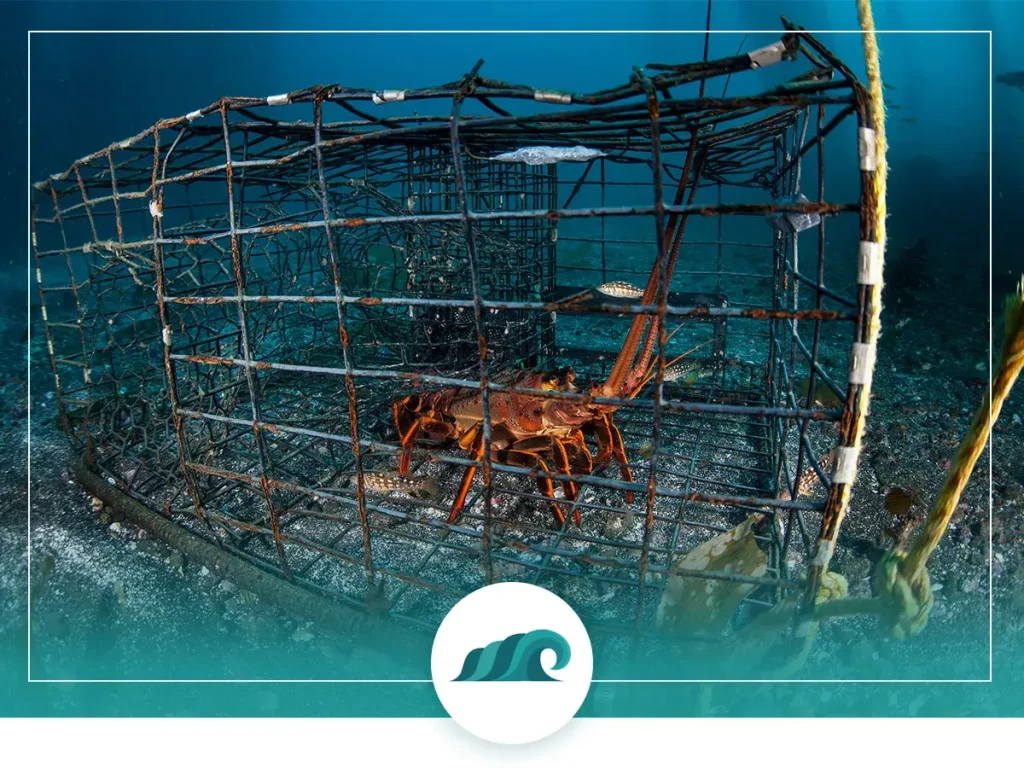
Now that you know a bit about the different lobster species and the gear needed to catch them, let’s take a look at how to catch them in detail.
How to Catch Atlantic Lobster?
Atlantic lobster are mostly caught with traps, but can also be caught by diving. Before you get started, you’ll want to make sure you’ve got the required licence, and are familiar with all the regulations pertaining to recreational lobster fishing in your area.
You’ll need to assemble your traps, bait them, and then drop them off in the water. If you’re not sure where to place your traps, keep an eye open for other lobster traps. This should give you an indication of where the lobsters are at.
Depending on the weight of your trap, you may want to add additional weight to keep it from shifting excessively in the current. If you’ve got a GPS unit on board, it’s a good idea to set a waypoint for each trap location – so you’ll have an easier time locating them later on.
Like crab traps, lobster traps need to soak for a while before you pull them up. Many fishermen leave them to soak for 3 days or so before checking on them. This gives the lobster enough time to find your traps and work their way inside.
As you pull up your traps, make sure to have your gauge handy to check if your lobster is legal size. Egg-bearing females must always be released back in the water, as well as females with a V-notch on their tail indicating they’re a fertile breeder.
How to Catch Spiny Lobster?
Catching spiny lobster (especially by hand) can be a serious thrill. If you’re not sure where to start looking, chartering a boat or getting a little local knowledge is a smart move.
As you’ll need to track them down and extract them from their hiding spots, it’s more akin to hunting than fishing. While they might not look like it, lobsters can actually swim pretty quickly when they’re escaping. Even if you’ve found one, you’ll still need to get hold of it, which can tricky.
Spiny lobsters will hide in crevasses, under rocks, in vegetation, and just about anywhere else they can find to escape predation. Extracting them from their hiding holes is half the battle. If the hiding hole is deep enough, you won’t be able to grab them by hand, which is where a tickle stick or pole spear can come in handy.
One of the advantages of hunting lobster by hand is you can be selective in which ones you go after. You’ll be able to catch larger lobsters, and can ignore any smaller specimens.
When your using a hoop net, you’ll want to keep a close eye on it, as lobster can eat your bait walk off if your vigilant. Keep one hand on line to detect any activity in the trap, and pull it up with a smooth consistent retrieve when you think you’ve got one.
Laws & Regulations
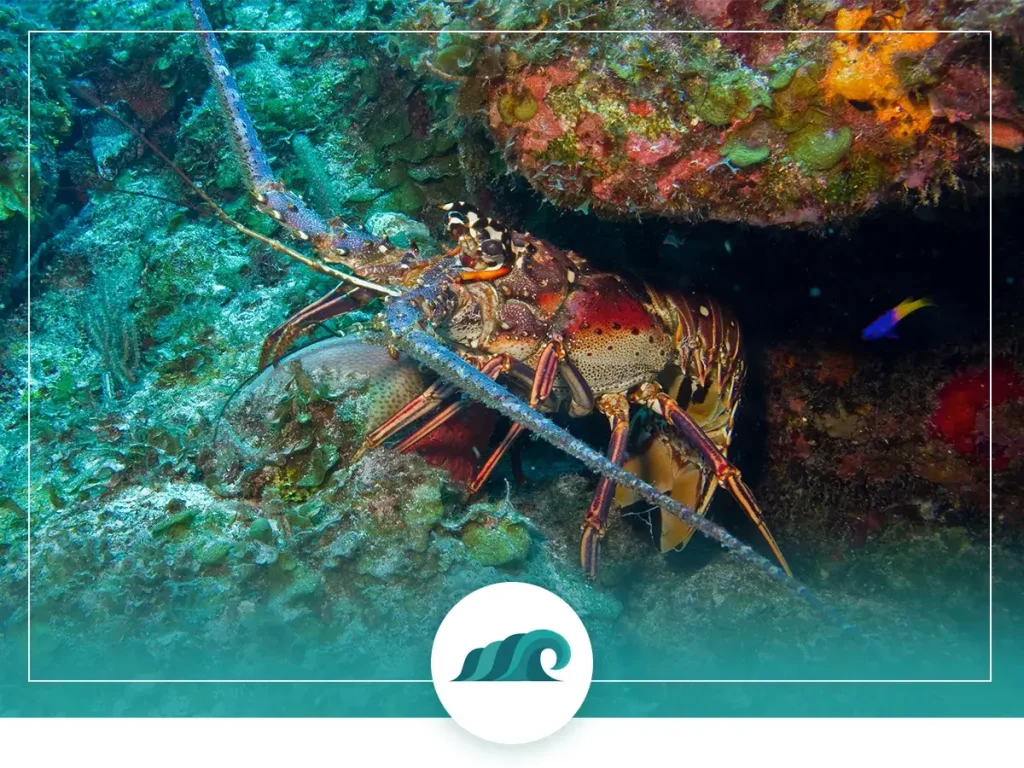
The last thing you want to do when catching lobster is run afoul of your local fish and game warden. Fines for violating these regulations can be pretty hefty, so you’ll want to make sure you know the rules before heading out to the water.
Atlantic lobster laws vary from state to state, but generally you’ll need to apply for a recreational license, choose a unique color scheme for your buoys, and clearly mark your licence information on each buoy. You’ll also be prohibited from selling any of your catch.
Maine limits recreational lobster fishermen to 5 traps in the water at one time, while Massachusetts allows for 10 traps. Female egg-bearing lobsters must always be released back in the water, and both minimum and maximum size limits are the norm.
State Recreational Lobster Regulations:
Spiny lobster have much less regulation surrounding them than their northern counterparts.
In Florida, they must be caught in season, have a daily bag limit of 6 per person, and must have a minimum carapace size of 3” measured in the water. In California you can catch 7 lobsters per person, having a carapace size of 3 1/4” each.
Spiny Lobster Regulations:
How to Store Lobster?
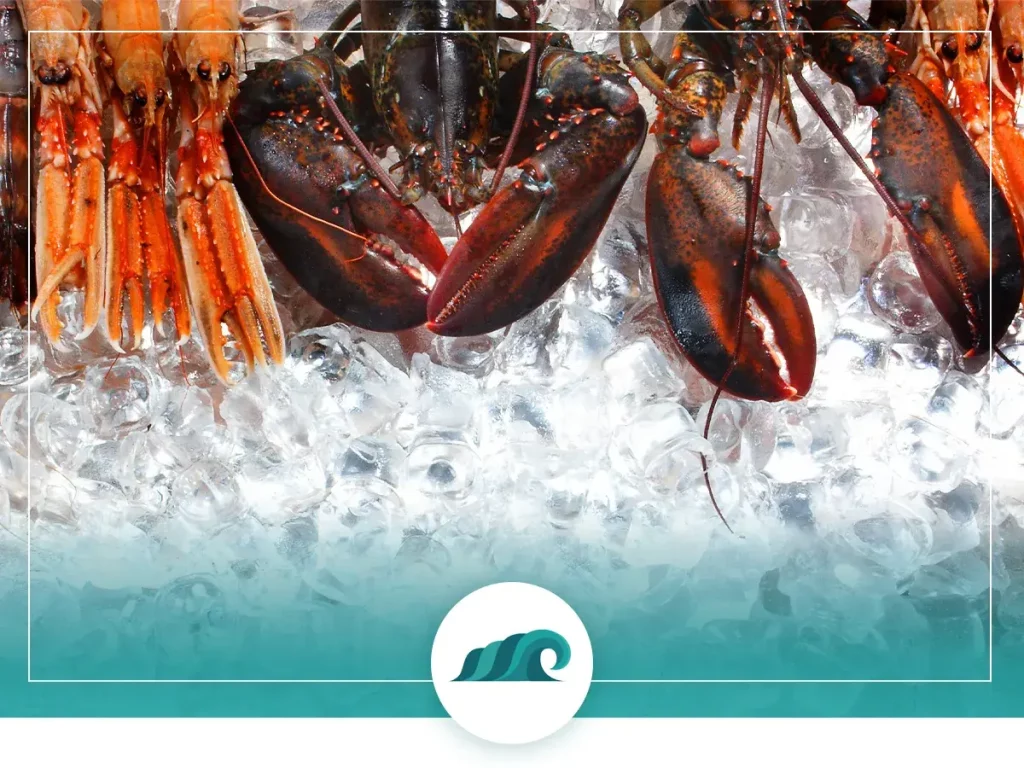
After you’ve caught your lobster, you’ll need to store them safely until you get back on shore. If you’ve got a live well on board, you store them inside for days. Otherwise, a cooler full of ice will also keep them alive for several days.
Once they’re removed from water, you’ll generally want to consume them within 24-36 hours. Like other shellfish, once their dead they start decomposing rapidly, so you’ll want to cook and eat them before they kick the bucket.
You can also remove the tails (and claws) and freeze the meat for cooking later on.

